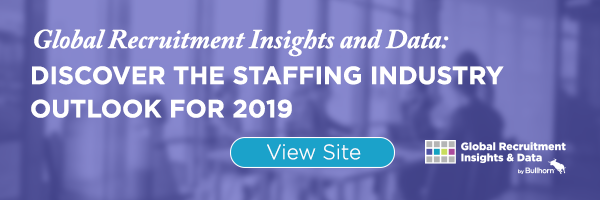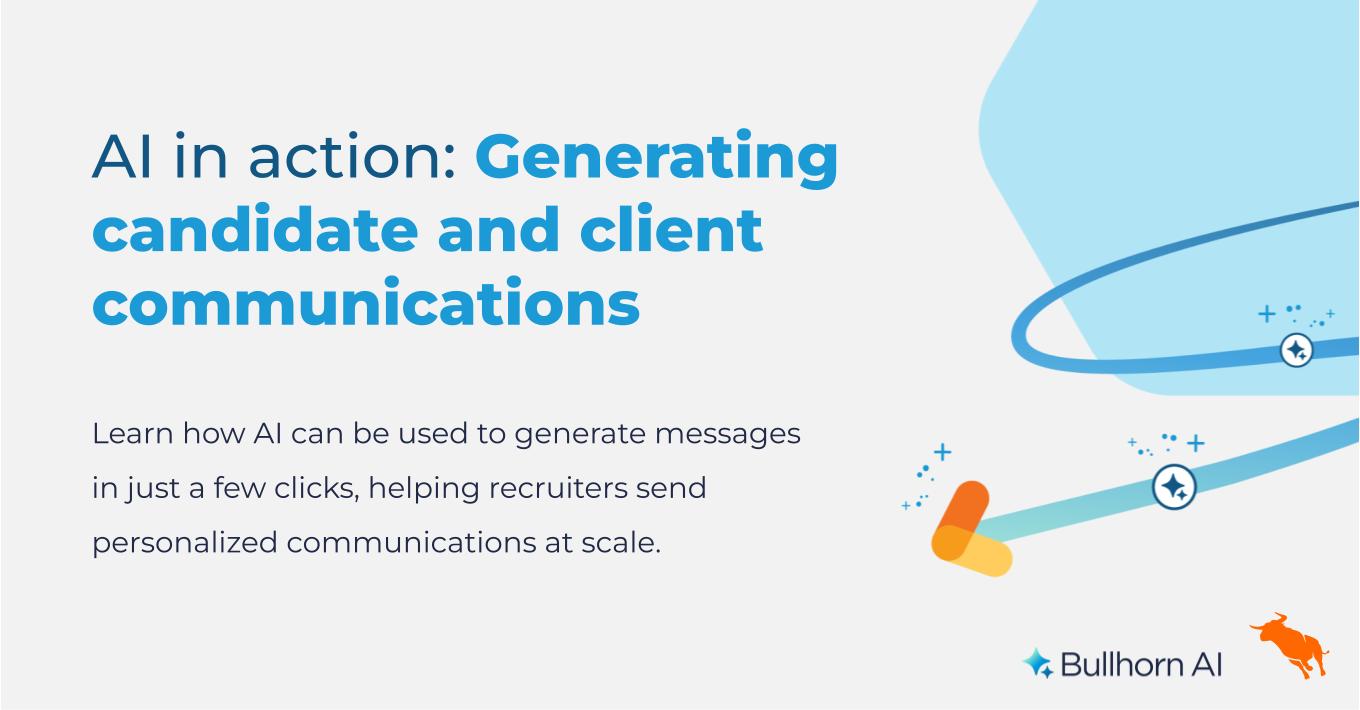How To: Understand Your Staffing Firm Through Hidden Data

In mystery novels, hidden data is everything. A skilled scribe can give you every clue you need to solve the identity of the killer or uncover the secret plot twist and remain confident that her secret is safe. This is because the valuable data is hidden.
It may be obscured by a mess of irrelevant details, and it may be hidden because you aren’t asking the right questions. The same principles apply to business, except the stakes are considerably higher. If you ignore the hidden data, instead of delighted surprise, you may lose customers, clients, and opportunities.
To start unlocking the benefits of hidden data, ask yourself these questions.
Am I asking the right questions?
Or, alternatively, Am I asking the questions at all or are they being asked for me? The questions we ask about data are often dictated by the reporting tools we use. Let’s say you want to track the success of a Twitter campaign. Are you tracking profile visits because it will illuminate this question or because it is one of the metrics that Twitter provides?
Determine the question you are trying to answer, the metrics you’ll need to answer that question, and assess if the reporting solution you have can answer that question. If it can’t, then you need to find a tool that will.
The specific metrics that you need to track inevitably will vary by industry and your specific situation. These metrics are a good starting point for staffing and recruiting firms.
Do I have the capabilities to answer those questions?
- Customization: How much freedom do you have to set the parameters of your report? How easy is it for you to generate custom reports as the need arises and compare disparate data sets? If you come up with a question, do you have the freedom to generate a report that can answer it?
- Data Availability and Volume: Does your reporting solution track the metric that you’re looking to analyze. Is it manual or automatic? Any data that is automatically collected is more likely to be complete than data that is subject to the whims of those entering said data.
- Time-Frame: Check the parameters for your reporting tools. Some reporting solutions will only track data from the moment you generate a report onward. This is great if you have the foresight to predict what you want to track at the beginning of a project but worthless for analyzing data that has already occurred. Other reporting solutions will only archive the last three weeks or months or years. Others may not allow you to pinpoint specific dates.
Is my data siloed?
The average business is drawing from more sources of data than ever before. Enterprises use an average of 483 apps, a large number of which provide data. The more independent sources of data your organization has, the less likely you are to have a complete picture of what that data means.
To combat siloed data, ensure that your data is transparent, accessible, and shareable. Data that is locked away from the people that can use it most is as valuable as no data at all. Work to create a community where data is openly shared and accessible to all of the members of your team or organization.
Interested in 2019 staffing and recruiting trends? Check out Bullhorn’s Global Recruitment Insights and Data (GRID) site to explore the industry insights that matter to your business.









